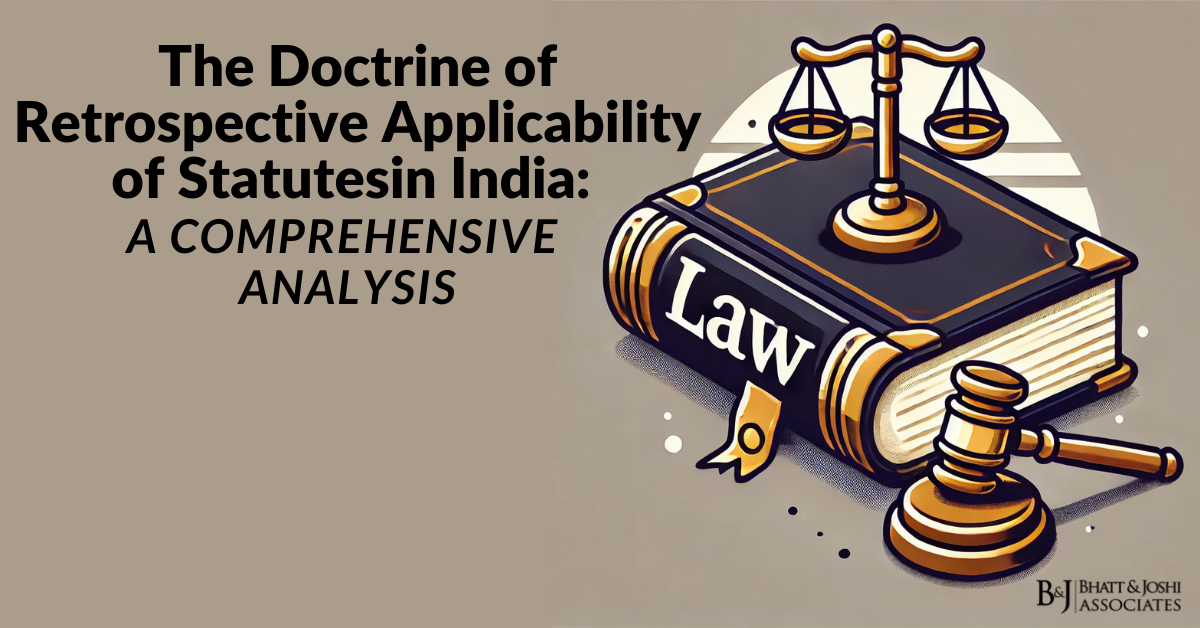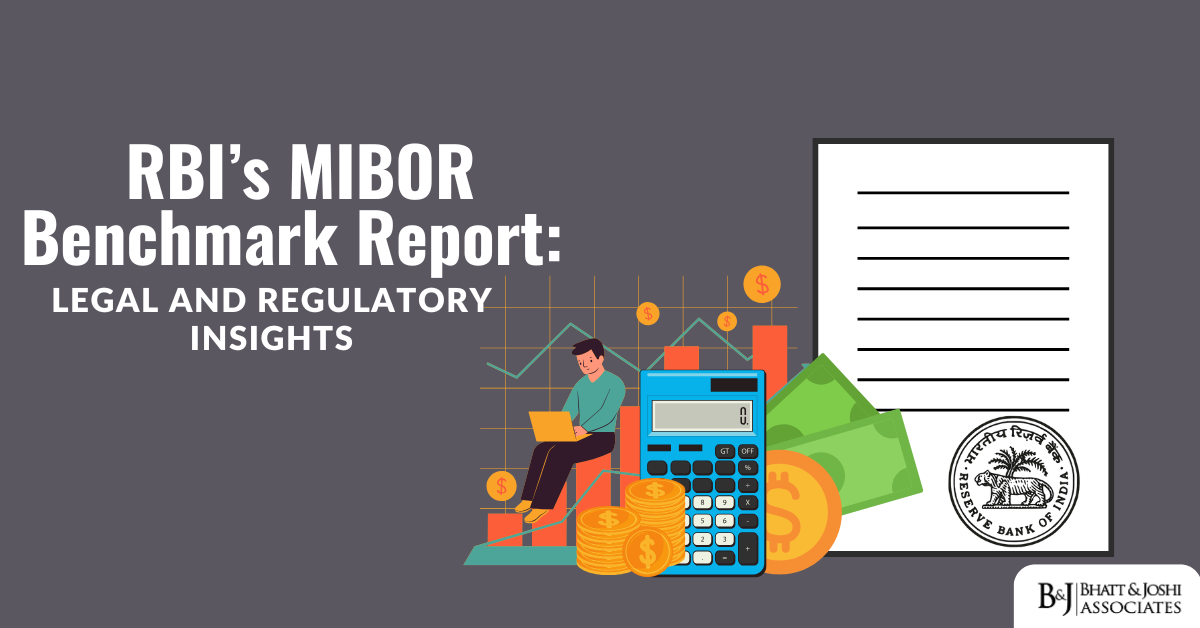Introduction
Disasters, whether natural or man-made, present significant challenges to governance, public safety, and sustainable development in India. As a country with vast geographical diversity and a dense population, India frequently faces calamities such as floods, earthquakes, cyclones, droughts, and industrial accidents. These recurring events underline the need for a comprehensive and effective legal framework that addresses disaster management and emergency response holistically. This article delves into the evolution, current structure, and judicial interpretation of India’s disaster management framework, analyzing its strengths and areas requiring improvement.
Historical Context and Evolution of Disaster Management in India
Historically, disaster management in India operated on a reactive and relief-centric model, primarily addressing the immediate aftermath of disasters. Before the enactment of dedicated legislation, disaster response was governed by fragmented laws and policies, including provisions under the Indian Penal Code, the Code of Criminal Procedure, and various sector-specific regulations. The absence of a coherent strategy for disaster risk reduction or preparedness left the nation vulnerable to catastrophic impacts.
The Orissa Super Cyclone in 1999 and the Gujarat Earthquake in 2001 were watershed moments in India’s approach to disaster management. These events exposed the inadequacies of the existing systems, prompting a shift towards a more proactive and integrated strategy. The culmination of these efforts was the enactment of the Disaster Management Act, 2005 (DM Act), a comprehensive legislation aimed at institutionalizing disaster preparedness, mitigation, and response mechanisms at all levels of governance.
The Disaster Management Act, 2005: A Paradigm Shift
The Disaster Management Act, 2005, marked a paradigm shift in India’s approach to disaster management. This landmark legislation provides a structured and multi-tiered framework to address all phases of disaster management, including prevention, mitigation, preparedness, response, recovery, and rehabilitation. The Act established the National Disaster Management Authority (NDMA) as the apex body, chaired by the Prime Minister, with the mandate to formulate policies, plans, and guidelines for disaster risk reduction and management.
The Act also created State Disaster Management Authorities (SDMAs) and District Disaster Management Authorities (DDMAs) to ensure decentralized implementation of disaster management strategies. These bodies are tasked with preparing state and district-level disaster management plans, coordinating disaster response efforts, and promoting community-based disaster risk management.
Another critical feature of the DM Act is its emphasis on disaster risk reduction through integration into development planning. The Act underscores the importance of building disaster resilience in infrastructure and ensuring compliance with safety standards to minimize vulnerabilities. It also provides for punitive measures against individuals or organizations that fail to comply with disaster management guidelines.
Complementary Legislation and Policies
While the DM Act, 2005, forms the cornerstone of India’s disaster management framework, several other laws and policies complement its provisions. The Environmental Protection Act, 1986, addresses environmental hazards and industrial pollution, while the Factories Act, 1948, provides safeguards against industrial accidents. The Epidemic Diseases Act, 1897, which gained prominence during the COVID-19 pandemic, regulates public health emergencies, and the Civil Defense Act, 1968, provides a framework for community-based disaster preparedness.
The National Policy on Disaster Management (NPDM), 2009, further strengthens the legal framework by outlining a comprehensive strategy for disaster risk reduction. The policy emphasizes the integration of disaster management into all sectors of development, promotes capacity building and awareness programs, and encourages the use of technology for early warning and response systems.
Judicial Contributions to Disaster Management and Response
The judiciary in India has played a vital role in shaping disaster management and emergency response policies and holding governments accountable for lapses in preparedness and response. Constitutional provisions, particularly Article 21 (Right to Life) and Article 47 (Duty of the State to improve public health), have been instrumental in judicial interventions during disasters.
In Vellore Citizens Welfare Forum v. Union of India (1996), the Supreme Court highlighted the principle of sustainable development, emphasizing the need to balance economic growth with environmental protection. Similarly, in M.C. Mehta v. Union of India (1987), the Court’s decision on industrial pollution and environmental hazards set significant precedents for managing industrial disasters.
During the COVID-19 pandemic, the judiciary played a proactive role in safeguarding public health and ensuring the delivery of essential services. In Alakh Alok Srivastava v. Union of India (2020), the Supreme Court directed measures to protect migrant workers, including the provision of food, shelter, and transportation. Such interventions underscore the judiciary’s role in interpreting and reinforcing disaster management laws to uphold citizens’ fundamental rights.
Implementation Challenges in Disaster Management and Response
Despite a robust legal framework, the implementation of disaster management laws in India faces several challenges. Coordination among multiple agencies often leads to inefficiencies and delays. The lack of adequate funding and trained personnel at the state and district levels hampers the effectiveness of disaster preparedness and response efforts.
Urbanization and unplanned development further exacerbate disaster risks. Many cities in India lack compliance with safety standards in construction and infrastructure, increasing vulnerabilities to earthquakes, floods, and other hazards. Additionally, the absence of a clear mechanism for compensating victims and addressing their long-term rehabilitation needs remains a critical gap in the legal framework.
International Commitments and Their Influence
India’s disaster management framework aligns with several international agreements and frameworks, reflecting its commitment to global standards. The Sendai Framework for Disaster Risk Reduction (2015-2030) has significantly influenced India’s policies, emphasizing risk reduction, resilience building, and the integration of disaster mitigation into development planning.
India’s participation in the Paris Agreement on Climate Change and the ASEAN Agreement on Disaster Management and Emergency Response demonstrates its commitment to addressing transboundary and climate-induced disasters. These international frameworks provide valuable insights and best practices that inform India’s disaster management strategies.
Role of Local Governments and Community Participation
Local governments and communities play a crucial role in disaster management, as they are often the first responders during emergencies. The 73rd and 74th Constitutional Amendments empower Panchayati Raj Institutions (PRIs) and Urban Local Bodies (ULBs) to undertake disaster management activities. These include preparing local disaster management plans, conducting awareness campaigns, and mobilizing community resources for disaster response.
Community-based disaster risk management (CBDRM) initiatives have shown significant potential in enhancing local resilience. Programs like the National Cyclone Risk Mitigation Project (NCRMP) have successfully engaged communities in identifying risks and implementing localized mitigation measures. However, scaling these initiatives across the country requires sustained investment and capacity-building efforts.
Technological Advancements in Disaster Management and Response
Technology has emerged as a key enabler in disaster management, revolutionizing early warning systems, response mechanisms, and recovery processes. Tools such as Geographic Information Systems (GIS), remote sensing, and artificial intelligence are being increasingly utilized to enhance situational awareness and decision-making.
The Indian Meteorological Department (IMD) and organizations like the National Remote Sensing Centre (NRSC) play pivotal roles in monitoring and predicting natural disasters. For instance, the IMD’s cyclone warning systems have significantly reduced fatalities during cyclones by providing timely and accurate forecasts.
Mobile applications and digital platforms are also being leveraged to disseminate disaster-related information and coordinate relief efforts. The Aarogya Setu app, developed during the COVID-19 pandemic, exemplifies the potential of technology in managing public health emergencies.
Lessons from the COVID-19 Pandemic
The COVID-19 pandemic exposed both strengths and weaknesses in India’s disaster management framework. The invocation of the DM Act and the Epidemic Diseases Act facilitated a coordinated response, but the crisis also revealed gaps in public health infrastructure, supply chain management, and social safety nets.
One of the key lessons from the pandemic is the importance of integrating public health emergencies into the broader disaster management framework. Strengthening healthcare systems, investing in research and development, and ensuring equitable access to resources are critical for addressing future pandemics and biosecurity threats.
Recommendations for Strengthening the Framework
To enhance the efficacy of India’s disaster management framework, several measures can be undertaken. Capacity building at the state and local levels is essential, including training personnel, increasing funding, and leveraging technology to improve preparedness and response.
Integrating disaster risk reduction into urban planning and development policies is another critical priority. Regulatory reforms to ensure compliance with safety standards in infrastructure projects can significantly reduce vulnerabilities. Additionally, public awareness and education campaigns can foster a culture of disaster resilience, empowering communities to respond effectively during emergencies.
Strengthening inter-agency coordination and streamlining roles and responsibilities can address overlaps and inefficiencies in disaster management. Establishing a clear framework for victim compensation and long-term rehabilitation is also essential to ensure justice and equity in disaster response.
Conclusion
India’s legal framework for disaster management and emergency response has evolved significantly, reflecting a shift from reactive relief measures to proactive risk reduction and resilience building. The DM Act, 2005, and complementary legislation provide a robust foundation for disaster governance, while judicial interventions and international commitments have further enriched the framework.
However, challenges in implementation, urban planning, and community engagement persist. Addressing these issues requires a concerted effort from governments, communities, and the private sector. By continuously updating its legal framework, investing in technology, and fostering a culture of preparedness, India can build a resilient society capable of effectively managing disasters and safeguarding its citizens.














